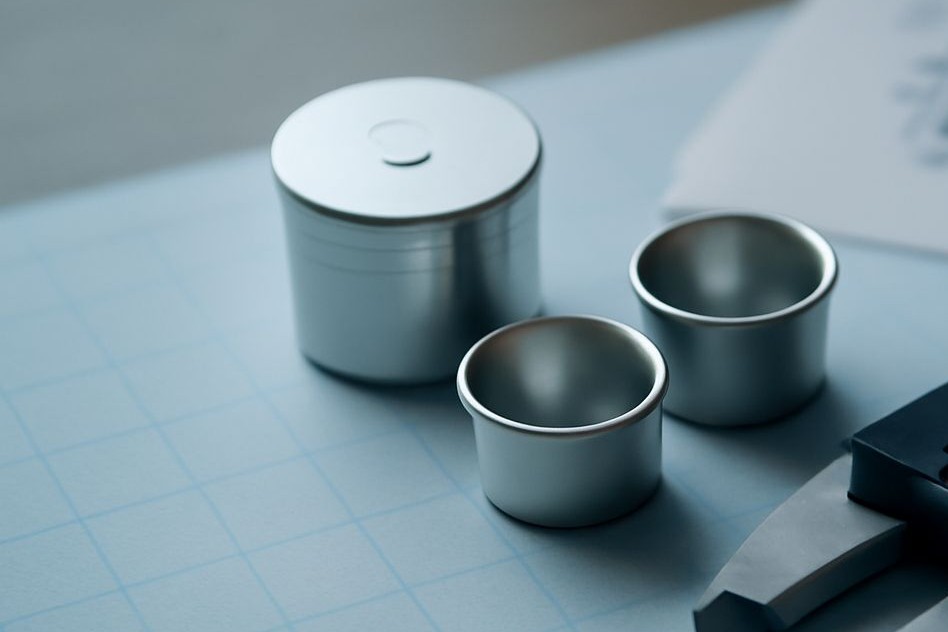Your cart is empty.
shop now
Your cart is empty.
shop now
Many labs face challenges when DSC crucibles fail to perform. Outdated, low-quality pans often lead to unreliable results and wasted samples in thermal analysis.
The right technical specifications in a DSC crucible determine measurement accuracy. High-purity materials, correct volume, suitable temperature range, and tight tolerances give reliable and consistent thermal data for laboratory work.

Preparation always precedes great results in the lab. For every project, I pay close attention to each specification, as even a minor error can cause data loss. Here are the essential factors every lab must understand about DSC crucibles.
Some pans break down at high temperatures or react with the sample. The wrong material can introduce noise, contamination, or cause test failure.
The most trusted DSC crucibles are made from high-purity aluminum, platinum, or ceramics. Each option offers different benefits depending on your application and the chemical stability required for your tests.
| Material | Thermal Conductivity | Typical Use |
|---|---|---|
| High-purity Aluminum | Excellent, cost-effective, non-reactive for many samples | Polymers, daily routine lab tests |
| Platinum | Superior conduction, chemically inert, withstands high temps | Oxidative, sensitive, or high-temp research |
| Ceramics | Stable, resists acids, handles tough chemical exposures | Pharma, acid-based analytics, specialty tests |
I work with a wide range of materials. In one project, only platinum pans gave repeatable results for a high-temperature assay, which shows how material selection affects outcomes.
If the pan is too small, you lose sample substance. If it’s too large, tests become less sensitive or waste resources. Both issues weaken the data’s value.
The right crucible volume means proper measurement range and signal clarity. It helps each experiment run as planned and allows full observation of sample behavior through the entire heating cycle.
| Volume Size | Impact on Testing | Best For |
|---|---|---|
| Low (5–20μL) | Quick response, best for rare or precious samples | Microscale, pharmaceuticals |
| Medium (20–50μL) | Balanced sensitivity and sample mass | General polymer, plastics |
| High (50–100μL+) | Holds more but may reduce accuracy | Bulk analysis, composites |
I once optimized test runs by picking the medium volume range. The calorimetry article shows how calibration and volume work together for robust data.
Using DSC crucibles outside their design range risks melting, distortion, or errors. Many labs ignore this limit and lose their samples or machines.
Best practice is to check every crucible’s operating and maximum heat capacity. High-purity aluminum handles routine ranges, while platinum or ceramics manage elevated temperatures and aggressive reactions.
| Material | Safe Temperature Range (°C) | Application |
|---|---|---|
| High-purity Aluminum | Up to 600°C | Standard polymer, routine QC |
| Platinum | Up to 1600°C | High-temp oxidizing settings |
| Ceramics | Up to 1700°C | Acid, base, specialty extremes |
I have had tests go wrong for missing this check. Reading references like thermal analysis helps avoid expensive damage to your instrument or loss of your samples.
Deviations in crucible shape, thickness, or weight may ruin test reproducibility. Even tiny mismatches throw off calibration and undermine analysis.
Precision in design and strict tolerance (±0.01mm for lab-grade pans) is key for DSC work. Consistent pans mean laboratories get sharp, comparable peaks across all replicates and maintain industry standards.
| Parameter | Why It Matters | Lab Impact |
|---|---|---|
| Dimension Tolerance | Assures tight sensor contact | Stable baselines and sharp data |
| Weight Consistency | Equalizes pan blank subtraction | Improves repeat accuracy |
| Flatness | Reliable sealing and no sample leaks | Longer instrument life, fewer failures |
According to metrology, rigorous measurement and tolerance in consumables is crucial for any lab that expects reliable, publishable results in scientific studies.
When technical specifications line up, DSC crucibles give precision and dependability to every test. The right material, volume, temperature, and tolerance make all the difference in thermal analysis accuracy.
Contact Us for Technical Datasheets and Lab Solutions